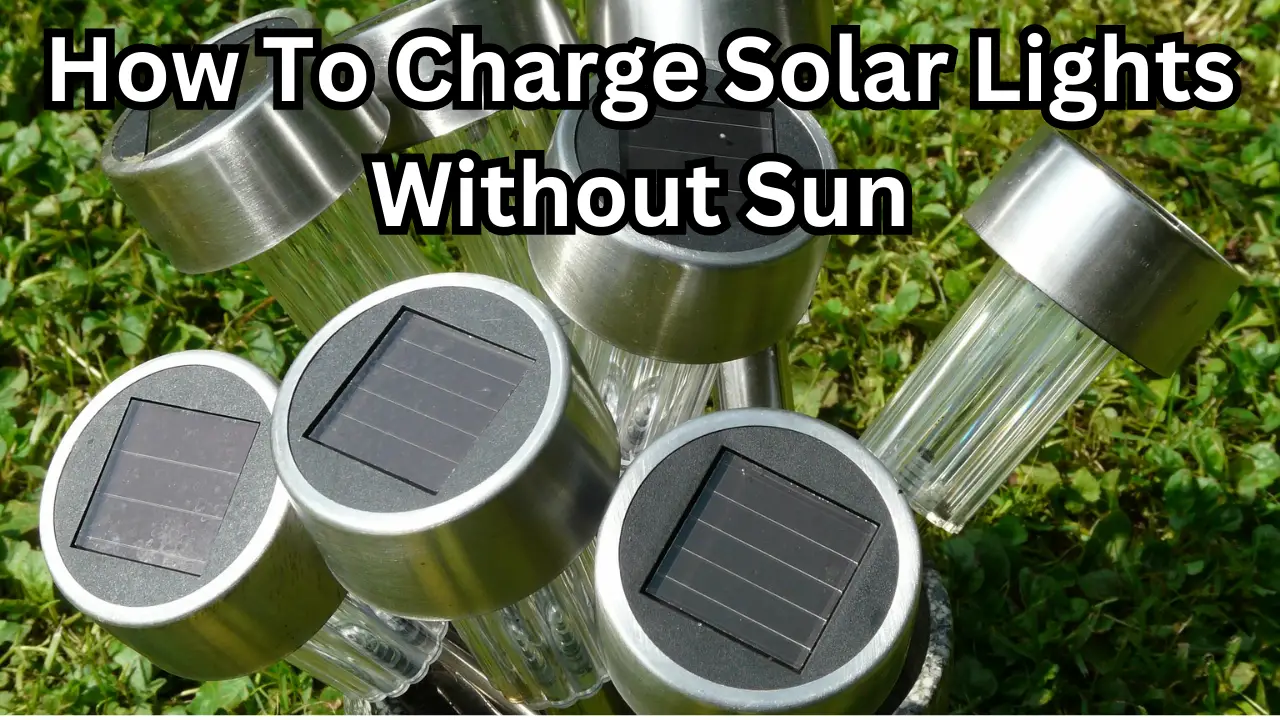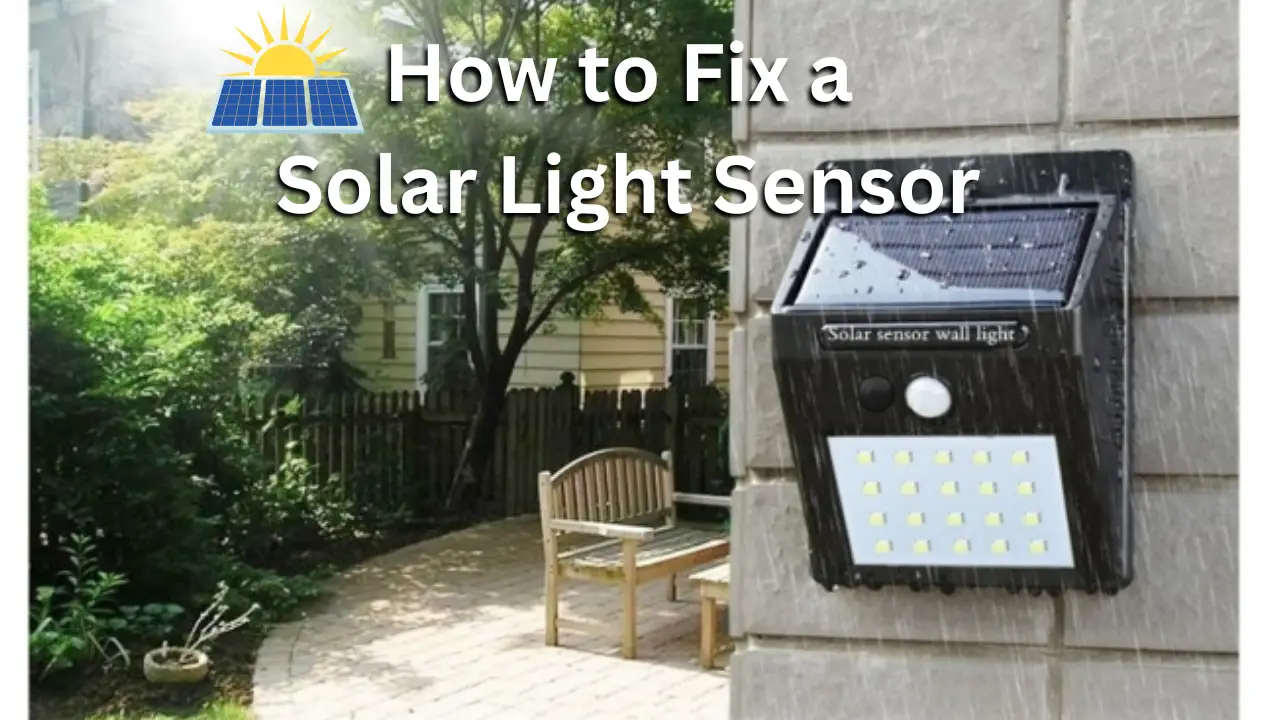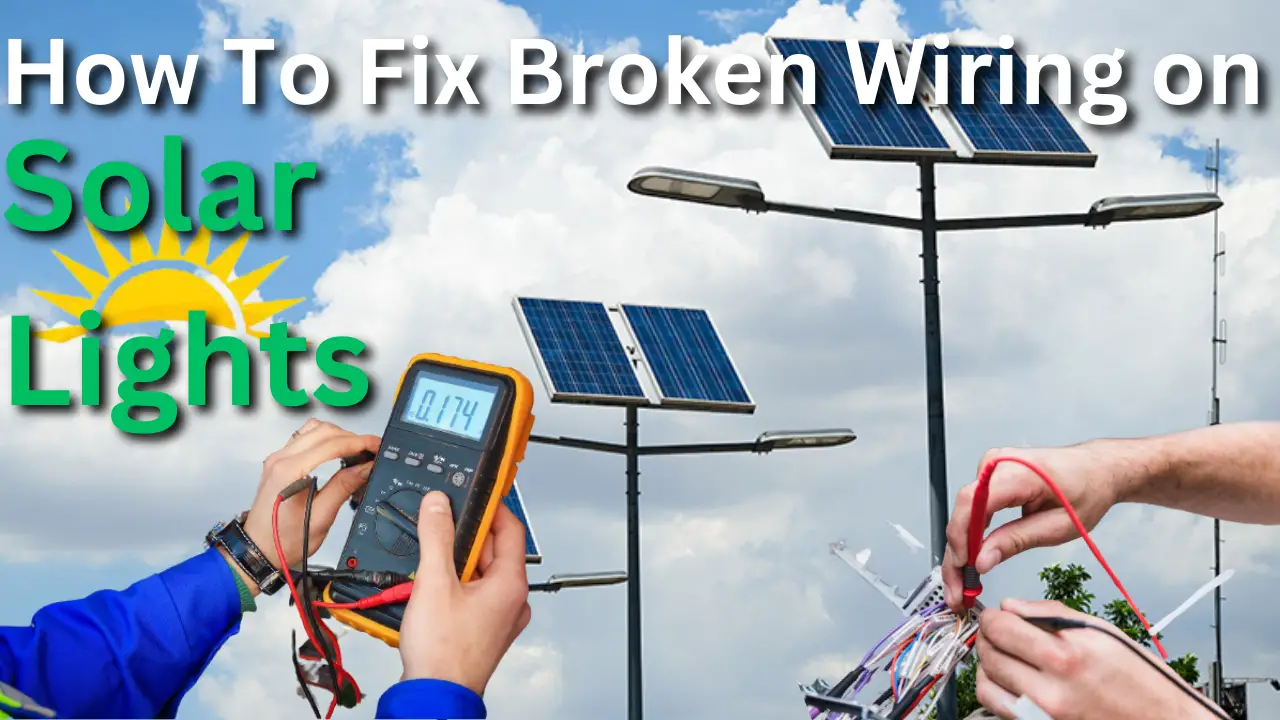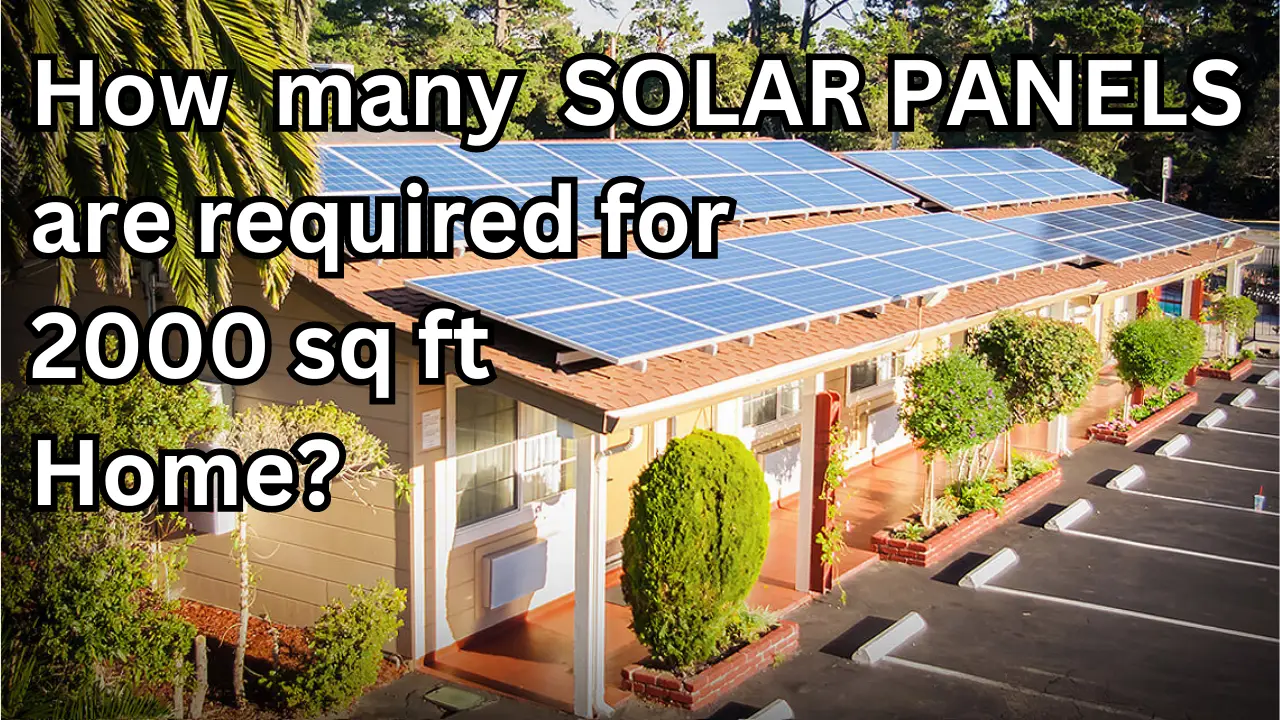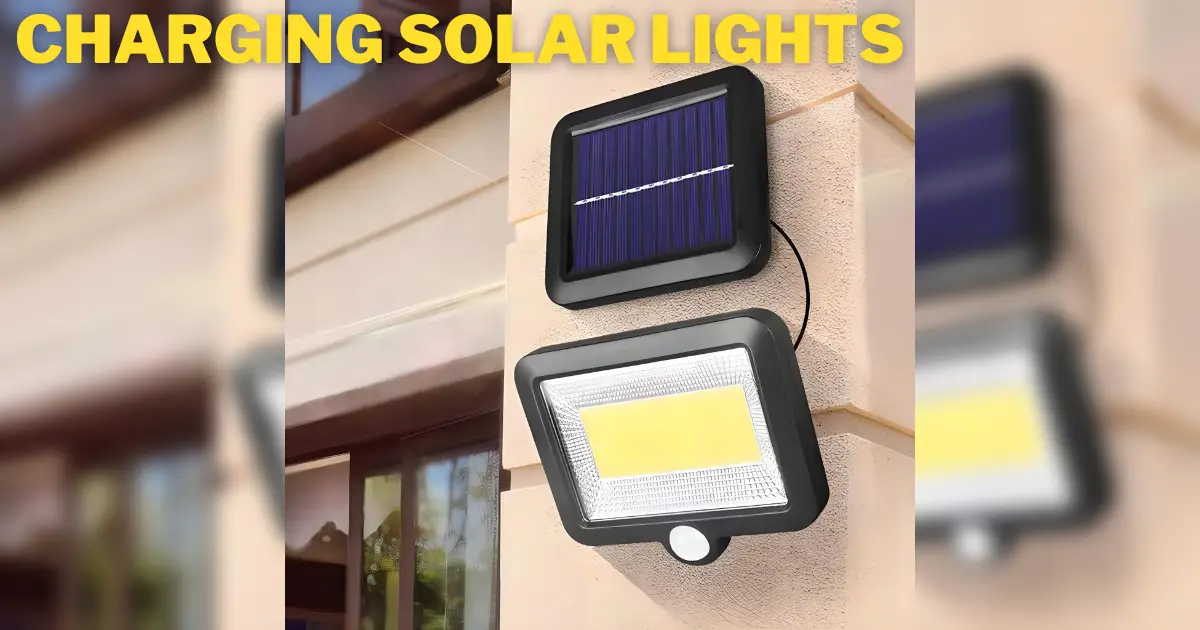The popularity of solar lights has greatly increased in recent years due to both their affordability and environmental friendliness. These lights rely on the sun’s energy to recharge their batteries during the day and illuminate outdoor spaces at night.
However, there may be instances when sunlight is scarce or unavailable, making it challenging to charge solar lights conventionally. In this article, we will explore alternative methods to charge solar lights without the sun, ensuring that your lights remain operational even in unfavorable conditions.
Can solar lights be charged without sunlight?
You undoubtedly start to worry about your outdoor solar lights as the seasons change and the sun sets earlier and earlier every day. Or you might wonder whether installing solar lights in your yard is essential if you live somewhere that doesn’t get much sun.
The good news is that you can still charge your solar lights while it’s overcast outside. Although it seems paradoxical, outdoor solar lights only require light to charge—not direct sunlight.
Your solar lights’ black panels’ photovoltaic cells may charge even when they are not directly in a beam of sunlight; however, it is undoubtedly the ideal situation and will speed up the process! While alternative ways will take between 6 and 15 hours, charging them in direct sunshine will take between 4 and 10 hours.
We have discussed this further in detail in our article: Does Solar Power System Work at Night or Cloudy Day?
What Types Of Light Can You Use To Power Solar Cells?
Solar cells are made to transform light into electrical energy, which enables them to charge and operate a variety of gadgets, including sunlight. There is a limited range of electromagnetic spectrum wavelengths where light can efficiently power solar cells. Let’s investigate the various kinds of light that solar cells can be powered by.

Visible Light:
Visible light, which encompasses wavelengths ranging from 400 to 700 nanometers (nm) and is perceivable by our eyes, constitutes a diverse range of colors. This range of the electromagnetic spectrum includes an extensive palette of colors such as Violet, Indigo, Blue, Green, Yellow, Orange, and Red. Solar cells exhibit remarkable efficacy in converting the energy from visible light into electrical energy.
When it comes to solar cells, wavelengths between 400 and 600 nm are very good at producing power. These wavelengths fall within the blue and green parts of the visible light spectrum. Therefore, any light source that emits visible light within this range can power solar cells effectively.
Related: How to Fix a Solar Light Sensor | 12 Methods & Tips
Examples of visible light sources that can power solar cells include –
Sunlight: There are many different wavelengths in sunlight, including those in the visible light spectrum. Solar energy is captured and transformed into electrical energy by solar panels and solar lights.
Incandescent Bulbs: An incandescent bulb heats its filament to the degree to which it emits light, creating visible light.
LED Bulbs: LED bulbs can emit visible light within specific wavelengths, making them an excellent choice for powering solar cells.
Non-usable Light:
The electromagnetic spectrum contains many different forms of light, but not all of its wavelengths are suitable for driving solar cells. Some of them are –
Infrared (IR) Light: Infrared light has wavelengths longer than 700 nm, beyond the visible light spectrum. Although infrared light carries energy, it is not in the range that can be effectively harnessed by solar cells.
UV Light: UV light has less than 400 nm wavelengths and is not part of the visible light spectrum. UV light cannot be efficiently captured and converted by solar cells. In actuality, prolonged exposure to UV light can harm solar cells.
X-rays and Gamma Rays: X-rays and gamma rays have very short wavelengths and carry high energy. However, they are not suitable for powering solar cells. These types of light have different applications in medical imaging, industry, and research.
Can Solar Lights Be Charged On Cloudy Days?

Cloudy days have lower light levels than sunny ones. Just consider when you need sunglasses and when you do not. Your solar system is charging as long as the solar panel is exposed to that amount of brightness.
Will Winter Allow Solar Lights to Charge?
You might be surprised to learn that these lights still function effectively in the cold. Solar lights merely need some kind of light to function, and you can even use artificial light to charge them. You will thus need to utilize artificial illumination to charge your batteries if you live somewhere that doesn’t get enough sunlight.
How To Charge Solar Lights Without Suns?
Using Artificial Light Sources
Artificial light sources are one of the simplest ways to charge solar lights without sunlight. While these sources may not provide the same intensity as the sun, they can still generate enough energy to recharge solar light batteries. Here are some artificial light sources you can utilize:
a. Incandescent Bulbs: Regular incandescent bulbs emit a warm, yellow light that can be used to charge solar lights. Place the solar panel of the light near the incandescent bulb, ensuring it receives consistent exposure to the light source.
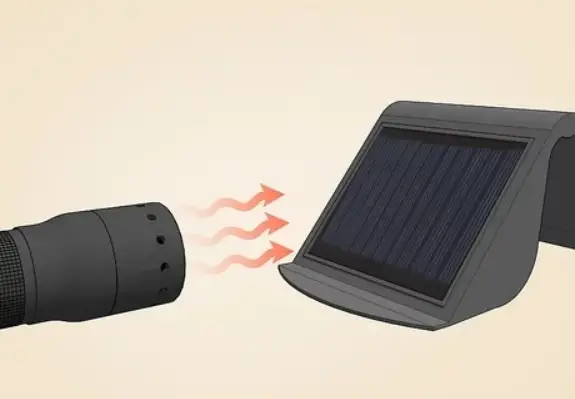
b. LED Bulbs: Light-emitting diode (LED) bulbs are energy-efficient and emit a bright light that can effectively charge solar lights. LED bulbs are available in various colors and intensities, allowing you to choose the most suitable option for charging your solar lights.
c. Compact Fluorescent Lamps (CFL): CFL bulbs are another viable option for charging solar lights without sunlight. They consume less energy than incandescent bulbs and produce bright white light. Position the solar panel close to the CFL bulb for efficient charging.
d. Halogen Lamps: Halogen lamps emit a bright, white light that closely resembles natural sunlight. To make sure the solar panel receives enough light to charge, place it close to the halogen lamp.
Indirect Sunlight
If direct sunlight is unavailable, you can still harness solar power by utilizing indirect sunlight. This method involves capturing the ambient light available in your surroundings to charge your solar lights. Here are a few ways to utilize indirect sunlight:
Related: Do Solar Panels Need Direct Sunlight? Improve Efficiency Tips
a. Reflective Surfaces: Position solar panels near reflective surfaces like white walls or aluminum foil to bounce sunlight onto the panels. This amplifies the available light and enhances the charging efficiency of your solar lights.
b. Outdoor Mirrors: Placing outdoor mirrors strategically can help redirect sunlight towards the solar panels. By angling the mirrors correctly, you can concentrate sunlight onto the solar panels and increase their charging potential.
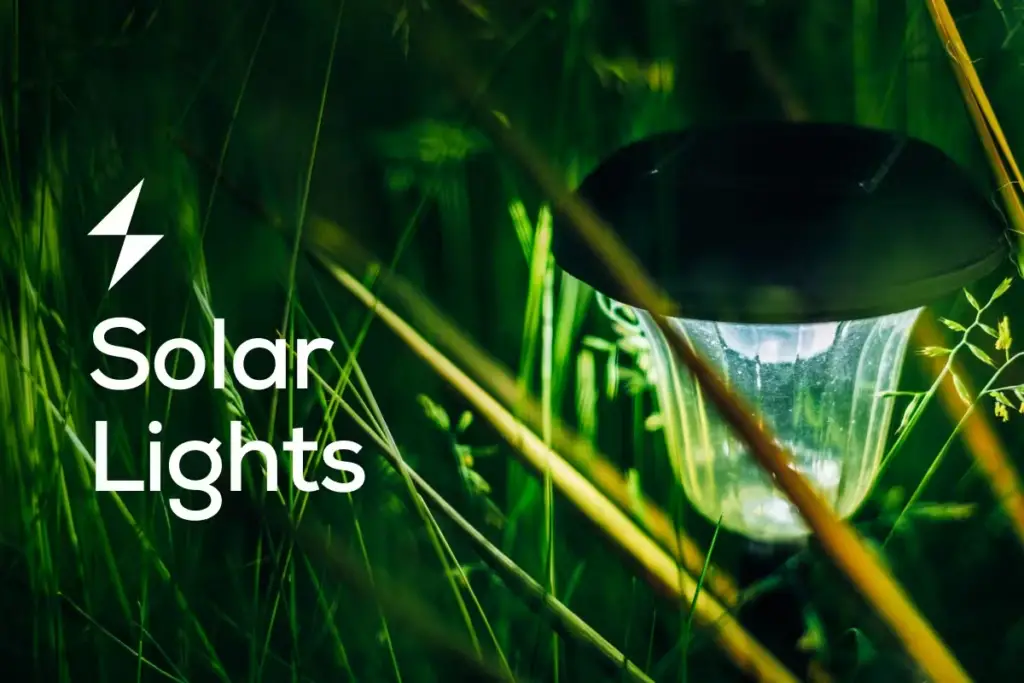
c. Windows and Glass: If you have a window or glass roof that receives direct sunlight, place the solar lights near these surfaces. The sunlight passing through the glass will still contain a considerable amount of energy that can be used to charge the lights.
Use Indoor Light Sources
Solar lights can also be used indoors to give lighting; they are not just for outdoor use. Charging solar lights indoors might require some additional effort, but it is still feasible. Here’s how you can charge solar lights using indoor light sources:
a. LED Desk Lamps: LED desk lamps emit a concentrated and directional light that can be utilized to charge solar lights. Position the solar panel near the desk lamp and ensure it receives direct exposure to the light source.
b. Fluorescent Lights: Indoor spaces often have fluorescent lights installed in offices, kitchens, or garages. Place the solar panel near these fluorescent lights to harness their energy and charge the solar lights effectively.
c. Spotlights or Track Lights: Utilize spotlights or track lights to charge solar lights indoors. These lights provide focused and intense illumination, which can be advantageous for solar charging.
Portable Power Banks and Chargers

Another alternative method to charge solar lights without the sun is by using portable power banks or chargers. These devices store electrical energy and can be used to recharge solar light batteries when sunlight is unavailable. Here’s how you can use portable power banks:
a. Connect Directly: Some solar lights come with a USB port that allows direct charging from a power bank. Connect the power bank to the solar light using a USB cable, ensuring device compatibility.
b. Charge the Power Bank: If your solar light does not have a USB port, charge a portable power bank using conventional electrical outlets or other renewable energy sources like wind or water power. Once the power bank is fully charged, connect it to the solar light to recharge its batteries.
Other Renewable Energy Sources
Considering other renewable energy sources can be a viable solution to keep solar lights charged when sunlight is scarce or unavailable for an extended period. Here are some options to explore:
a. Wind Power: Wind turbines can generate electrical energy, which can be used to charge solar lights. Install a small wind turbine near your solar lights, ensuring it captures sufficient wind energy for effective charging.
b. Hydroelectric Power: You can install a modest hydroelectric generator if you have access to a water source with flowing or falling water. Your solar lights can be charged using the electricity produced by this generator.

c. Solar Light Charging Stations: In areas with limited sunlight, communities can establish solar light charging stations powered by a centralized solar panel array. These stations can charge solar lights for multiple individuals, ensuring consistent access to charged lights.
Conclusion
While the majority of the power for solar lights comes from the sun, there are other ways to keep them running even when there isn’t any direct sunshine. You can charge your solar lights without the sun by utilizing artificial light sources, indirect sunlight, indoor light sources, portable power banks, or other renewable energy sources.
Remember to assess the available resources and select the most suitable method based on your specific circumstances. By implementing these alternative charging methods, you can ensure that your solar lights remain functional, providing illumination and contributing to a greener and more sustainable future.

